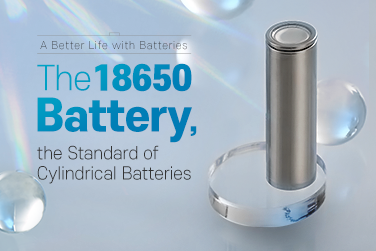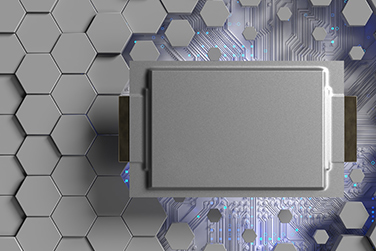A rechargeable battery is a type of battery that can be charged and reused. The devices we can use after charging all contain rechargeable batteries in them. Today, we will discuss the types of rechargeable batteries and their characteristics.
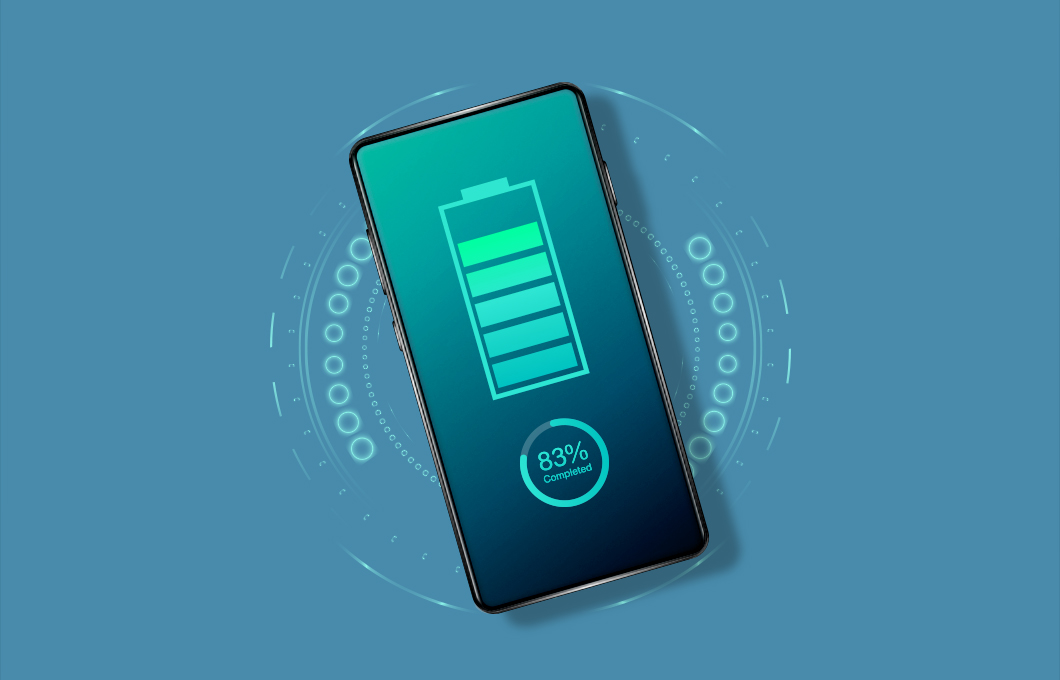
Types of Rechargeable Batteries
Lithium-ion batteries are the most used rechargeable battery type these days. Other types include lead-acid, nickel cadmium, and nickel–metal hydride batteries with each having different characteristics.

① Lead-Acid Batteries
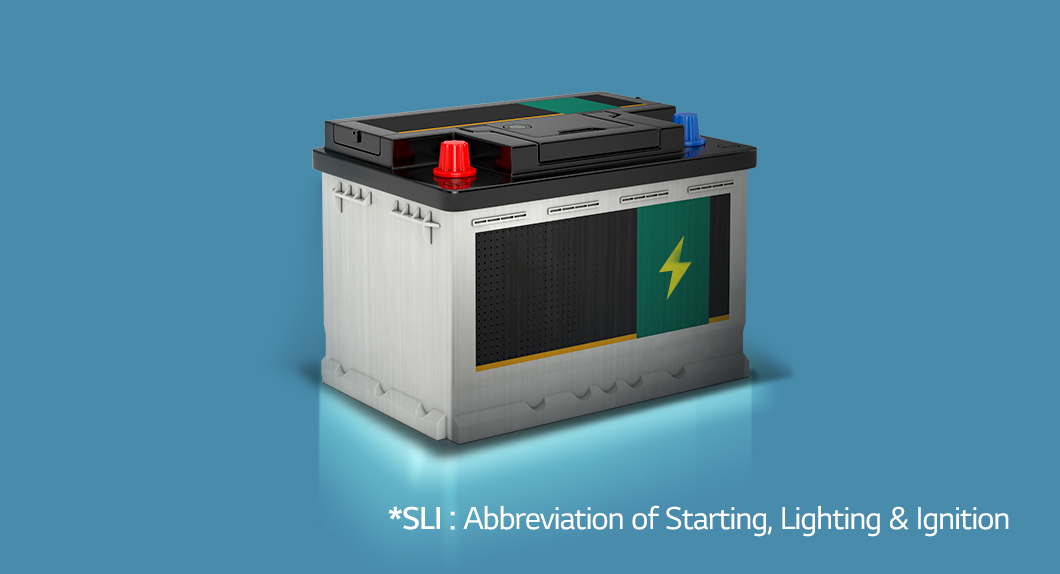
The box-like lead-acid batteries are commonly found in an engine bay and are mainly used in electric forklifts, submarines, and golf carts or as SLI (starting, lighting, and ignition) batteries in cars. They are relatively heavy and so can be used for balancing the weight in forklifts or submarines. If left discharged for a long time, the life expectancy and performance of lead-acid batteries decrease rapidly.
② Nickel-Cadmium Batteries

Also called NiCad, nickel-cadmium batteries offer high output and are mostly used in power tools. The development of smaller sealed NiCads contributed greatly to the expansion of the rechargeable battery market to include electronic devices in addition to industrial facilities. They became a versatile battery with a well-balanced performance, but are being increasingly replaced by lithium-ion batteries due to environmental concerns of cadmium.
③ Nickel-Metal Hydride Batteries
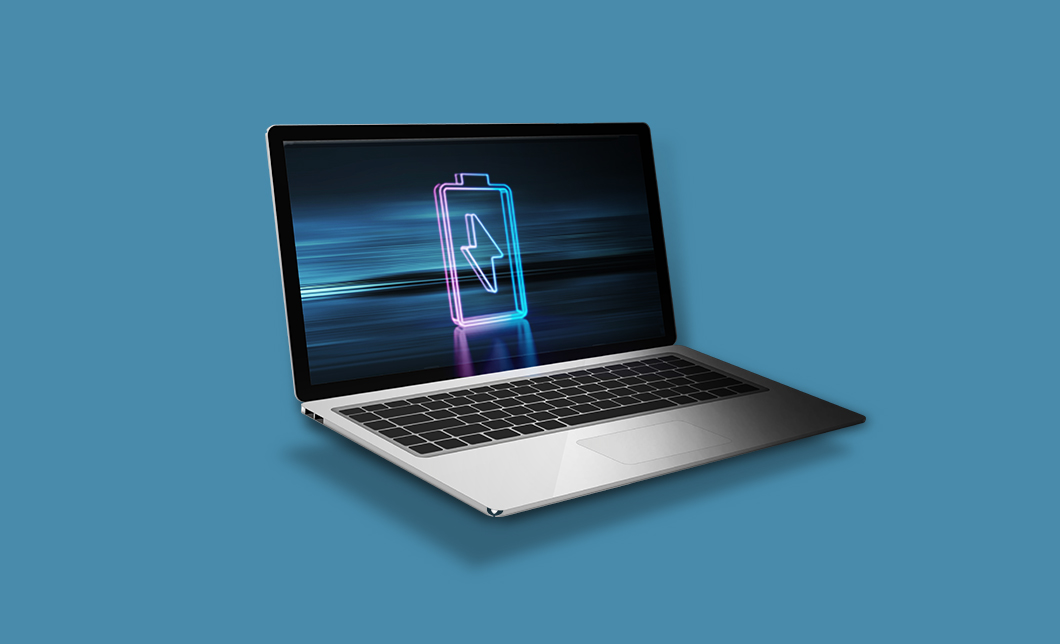
Emerged following the NiCads, nickel-metal hydride batteries use a hydrogen-absorbing alloy instead of cadmium. A NiMH cell can have about two times the capacity of an equivalent size nickel-cadmium battery, a good qualification that led to popular use of the battery in mobile phones, laptops, and camcorders.
④ Lithium-Ion Batteries
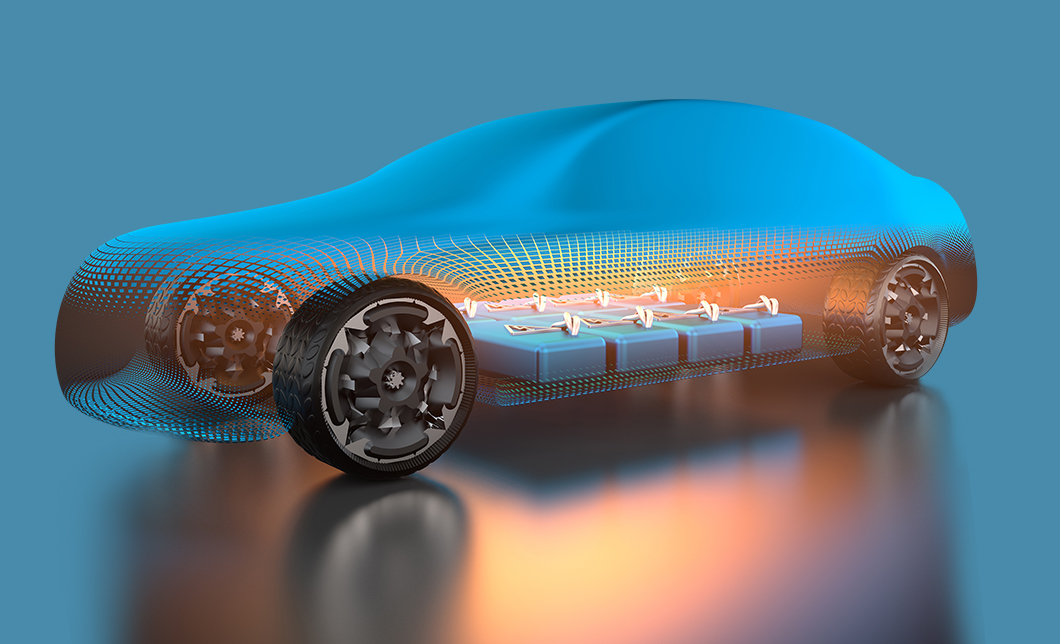
Currently, the most widely used rechargeable batteries are lithium-ion batteries. They offer high capacity and high output, last long, as well as are light and environmentally friendly. Such characteristics have made them a popular option for a variety of products including electronic devices, electric cars and ESS.

We have covered the types, characteristics, and uses of rechargeable batteries that have evolved to bring convenience to customers. We can look forward to seeing how technological development will further improve them.
